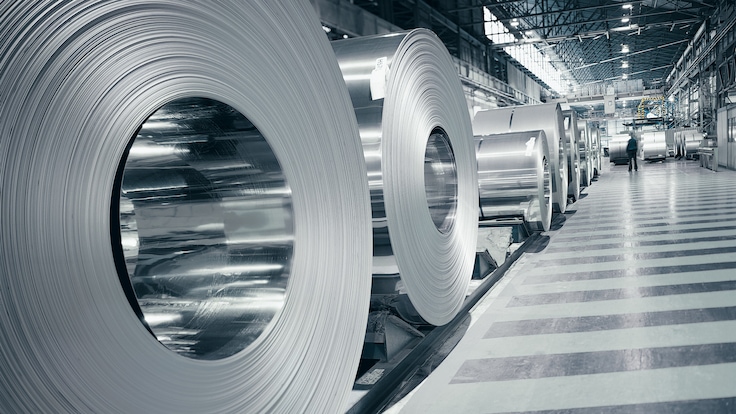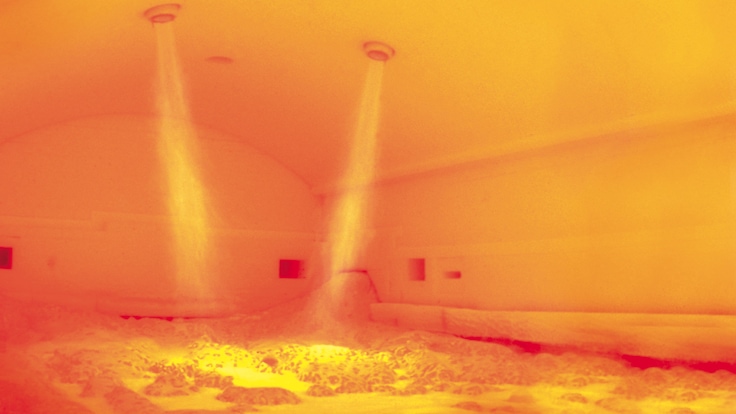Carbon Reduction in Heavy Industry
Reducing the Carbon Footprint of Steel

Adjusting for the Future
Many steelmakers have begun replacing their existing blast furnaces with direct reduced iron (DRI) and electric arc furnaces (EAF) facilities that can use hydrogen and renewable electricity. Beyond investments in alternative steelmaking technologies, capital is required to support development of carbon capture and storage (CCS) technology. Linde, as a leading producer of hydrogen, is also focused on carbon capture and sequestration technologies to prevent atmospheric release of carbon dioxide.

Decarbonization with Oxygen
Electric arc furnaces have three primary uses for oxygen. Oxygen is used to run oxy-fuel burners for heating and melting scrap metal. Oxygen combined with high-velocity lancing is used in localized scrap melting processes, decarburization of steel and slag foaming. Finally, oxygen is used in injection processes for post combustion of carbon dioxide. Using Linde Green™ oxygen produced with zero-carbon energy sources further reduces the production's carbon footprint.